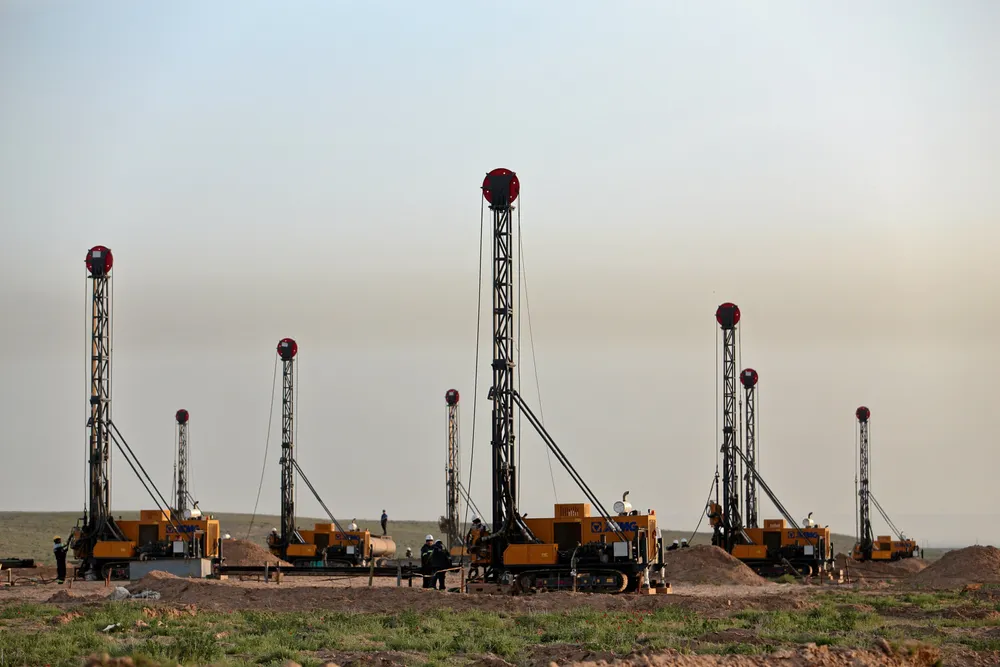Uzbekistan newcomer eyes ambitious exploration drive
Sanoat Energetika Guruhi gets government nod to ramp up oil production in fast-growing Central Asian nation

Sanoat Energetika Guruhi gets government nod to ramp up oil production in fast-growing Central Asian nation
